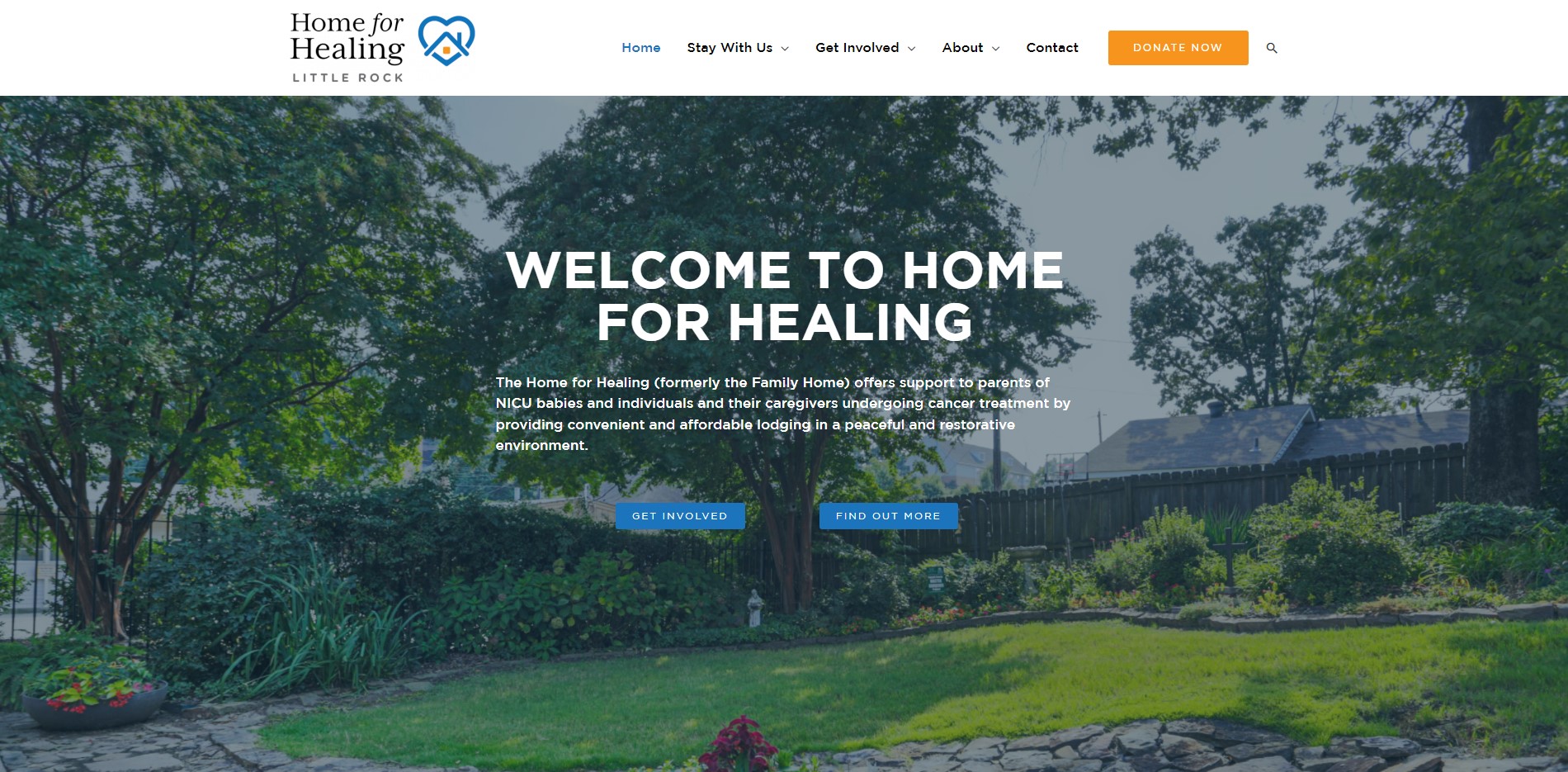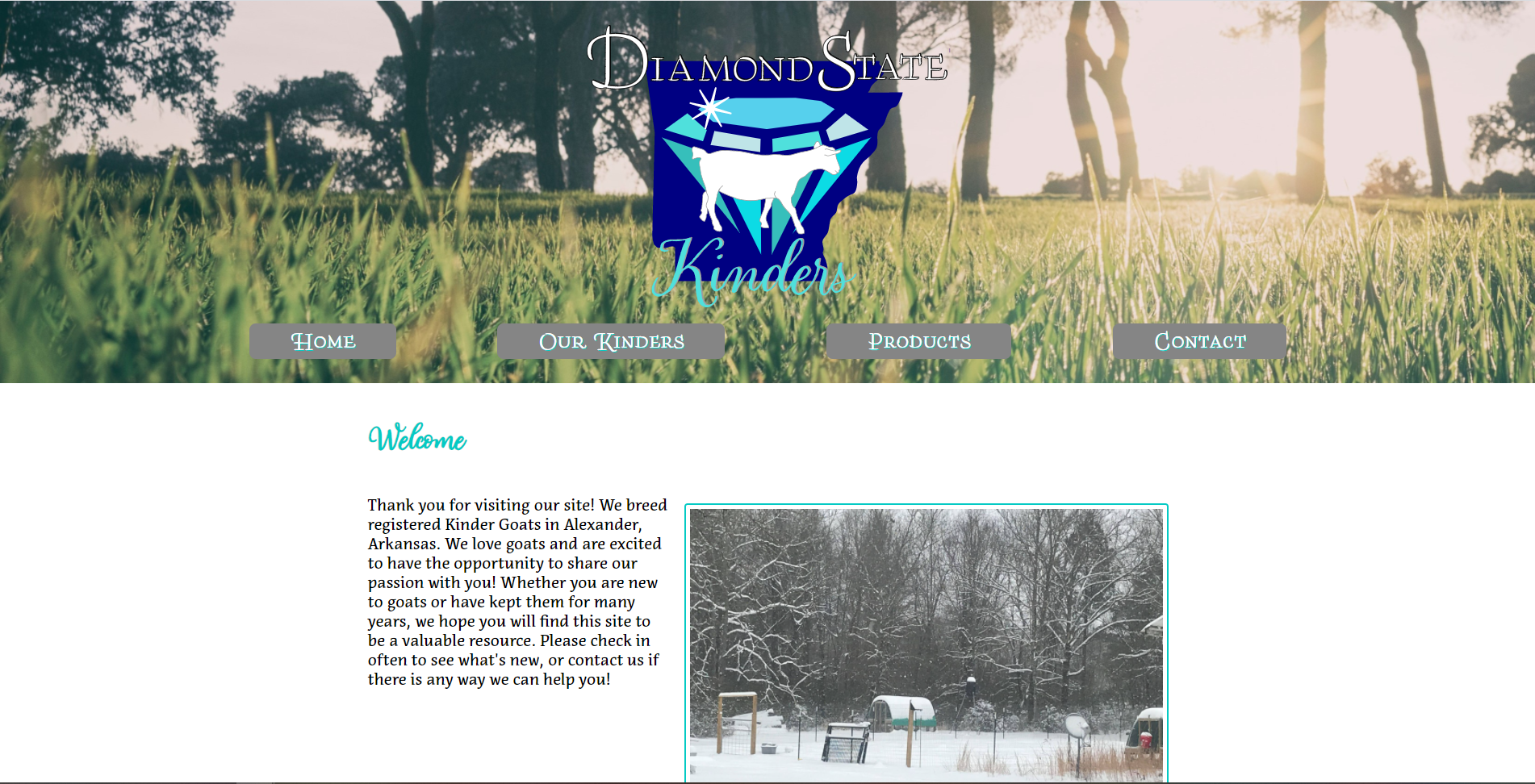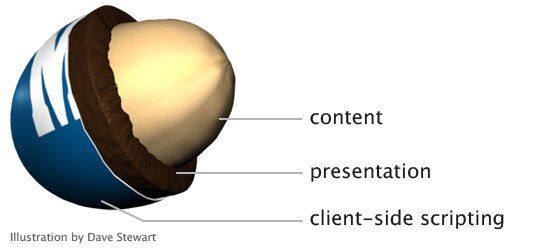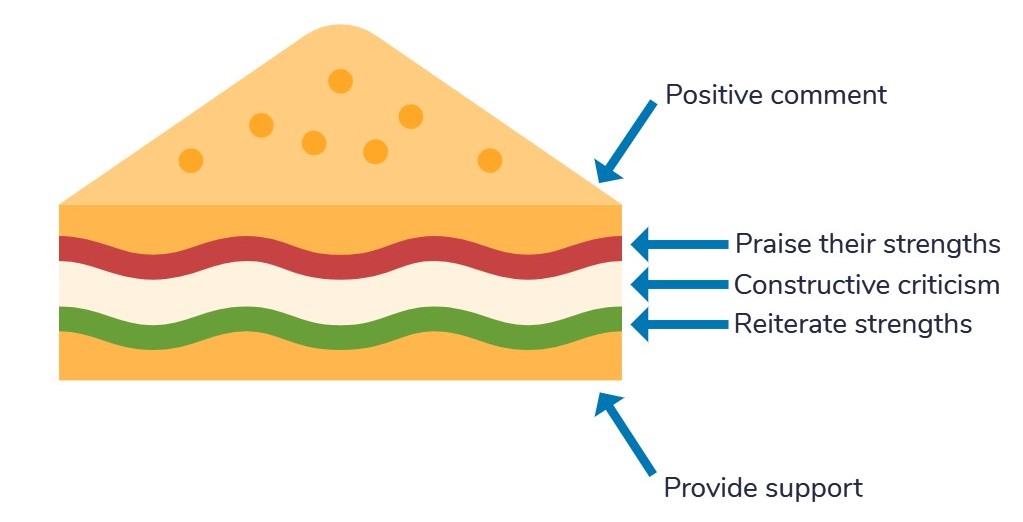A key goal of web development is enhancing user experience. Without the user there is no point in having a product or design, so it is important to ensure the user has a positive experience. A huge part of the user experience is how well your site performs. In order to be at peak performance, you must measure, optimize, and monitor your site not only as a one time occurrence, but a continuous process.
It all comes down to increasing speed, and a huge part of this process is optimizing the images used in the site. This involves selecting the correct image format, level of compression, dimensions, and responsiveness. The main image formats are vector, which uses mathematical calculations to form lines and shapes, and raster, which uses pixels. Image optimization is the process of decreasing file size without drastically decreasing the image quality. This speeds up the load time of the page, helps improve performance, and improves search engine results. Smaller files also use less bandwidth and require less storage space on your server.







